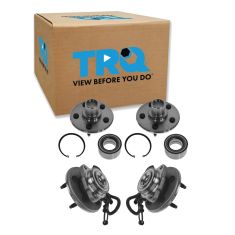1ASHS01183-Ford Lincoln Mercury Front 2 Piece Wheel Bearing & Axle Socket Kit TRQ BHA84978



Replaces
2003 Lincoln Aviator Front Driver Side 2 Piece Wheel Bearing & Axle Socket Kit TRQ BHA84978


Recommended for your 2003 Lincoln Aviator
Product Reviews
Loading reviews
Customer Q&A
No questions have been asked about this item.
Lincoln is a registered trademark of Ford Motor Company. 1A Auto is not affiliated with or sponsored by Lincoln or Ford Motor Company.
See all trademarks.




















